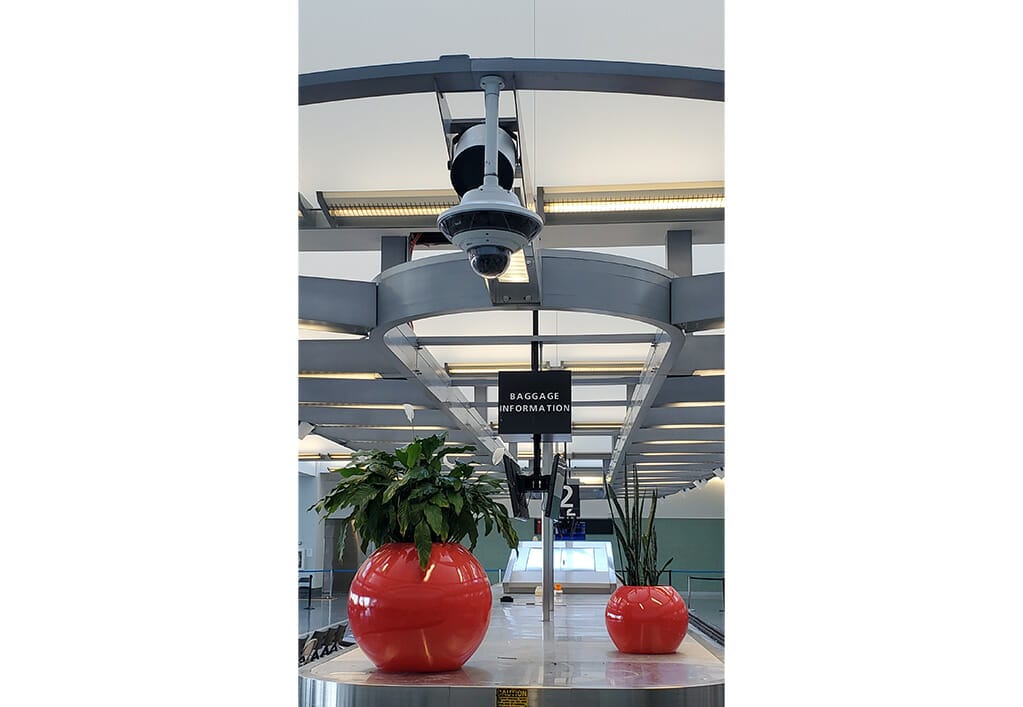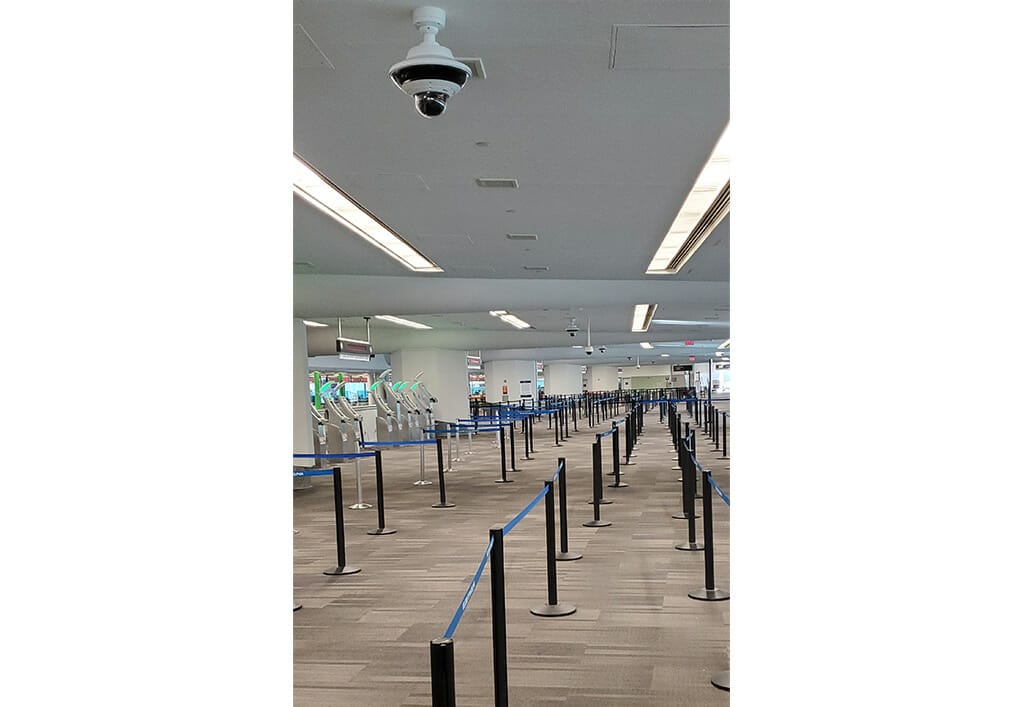PHL Video Surveillance System Upgrades Program
Arora Engineers (Arora), serving as a subconsultant to Michael Baker International, provided The City of Philadelphia, Division of Aviation with comprehensive professional project and construction management (PM/CM) and owner’s representation services for projects at Philadelphia International Airport (PHL) and Northeast Philadelphia Airport (PNE) on an as needed basis.
Under this task order, Arora provided project and construction management and owner’s representation support for Philadelphia International Airport’s (PHL) $100M CCTV Upgrades Program which entailed the planning, programming, and installation of a new, cutting-edge video management system (VMS) and a new security network to support it, as well as infrastructure upgrades to support the new system. The existing analog system, which was over a decade old and featured 1,500-1,800 cameras, had reached the end of its useful life. PHL’s goals for the program included upgrading their surveillance system to 100% digital IP (Internet Protocol), increasing overall coverage throughout the airport and ancillary spaces, and ensuring no interruption to normal security operations during the installation of the new systems.
PHL upgraded its surveillance system by replacing the conventional CCTV system with a new state-of-the-art, 100% digital IP Milestone VMS, over 4,000 axis IP cameras, and a new cisco security network which significantly enhanced CCTV coverage and clarity. Upgrades included updated fiber switches to support the new IP VMS, and renovations to the airport’s infrastructure to be able to install equipment in areas not previously outfitted. The new system provides much crisper images compared to the previous, including 360 coverage in certain areas, and allows the security team to pan and zoom to more easily identify security threats or aid in investigations. In addition, the system was set up and deployed to harness it’s biometric capabilities in the future.
The project was delivered in phases, with Phase 1 including the upgrade of the surveillance system in the Customs and Border Protection (CBP) areas in Terminals A – West and A – East and Phase 2 addressing upgrades for the remaining terminals and remote areas at PHL. The phased approach was important not only to guarantee the necessary funding, but to ensure that the existing security system and coverage were not interrupted with the installation of the new system.
SCOPE OF SERVICES INCLUDED:
Arora’s scope of work for Phase One included:
- Provided overall project management support to engineering manager during planning, design, construction and closeout for CCTV Upgrades Program.
- Provided guidance to consulting engineer regarding design and implementation characteristics respective to DOA requirements.
- Coordinated, verified, and validated through design review and construction review, that DOA requirements and expectations were met.
- Coordinated design, review, and delivery process with DOA Engineering, IT, security, and other departments.
- Coordinated with the City of Philadelphia, Tinicum Township etc.
- Interfaced with different departments at PHL: Security, OPS, CBP, TSA and construction groups.
- Planning, design and systems project management.
- Reviewed shop drawings to ensure compliance with project specification and DOA security requirements.
- Conducted project coordination meeting.
- Prepared progress charts, construction schedules and reports.
- Monthly billing review (pencil copy).
- Oversaw testing and commencing systems as a PHL representative.
- Generated all testing and certification paperwork to be given to DOA.
- Measured the quantities of work and certified estimates and payments to the contractors.
- Generated weekly status reports.
- Documented payment requisition.
- Collected and validated as-built drawings from the contractor.
- Provided project closeout
Sustainability: PHL is constantly seeking opportunities to make their systems more efficient, and therefore reduce the overall power needs of the airport to meet their sustainability goals. The previous analog system required 120v outlets to power each individual J-Box unit, along with coax cables to bring data to the cameras. The new IP based cameras are powered via ethernet and are driven via network switch, so they require much less energy to power compared to the previous analog cameras.
In addition, the server equipment for the new VMS uses less power than the previous versions. Due to the high efficiency of the new VMS system and ancillary equipment, no new power will be consumed which allows PHL to relocate the power the older system required. By the time this program is fully implemented, including nearly doubling the number of cameras in their security network, PHL anticipates using less power than the previous analog system.
Benefits: This program significantly improved the security posture of the airport. The capabilities of the new system, and its high-quality level of detail, will help improve the efficacy of new and existing security protocols. The new system will also help the airport and other key agencies address and investigate accidents or incidents not only within the terminal, but on the taxiways and roadways as well.
Challenges & Solutions: PHL abides by stringent federal and internal security mandates which require certain minimum levels of coverage and at least 30 days of VMS recordings to be maintained. In order to ensure the airport met all federal and internal security coverage demands, the implementation of the new system was performed in parallel with PHL’s existing system, which proved challenging as there was only so much space available in the existing IDF/MDF rooms which housed the existing system. The design and construction teams carefully planned the phased implementation approach to ensure all necessary milestones were achieved, such as 30 days of recordings within the new system, before moving on to ensure there were no gaps in coverage. In addition, the team performed extensive surveys and studies of the airport’s existing infrastructure to ensure the existing infrastructure was robust enough to handle the new system and understand existing conditions in order to anticipate potential problems and prevent budgetary and schedule overruns.





